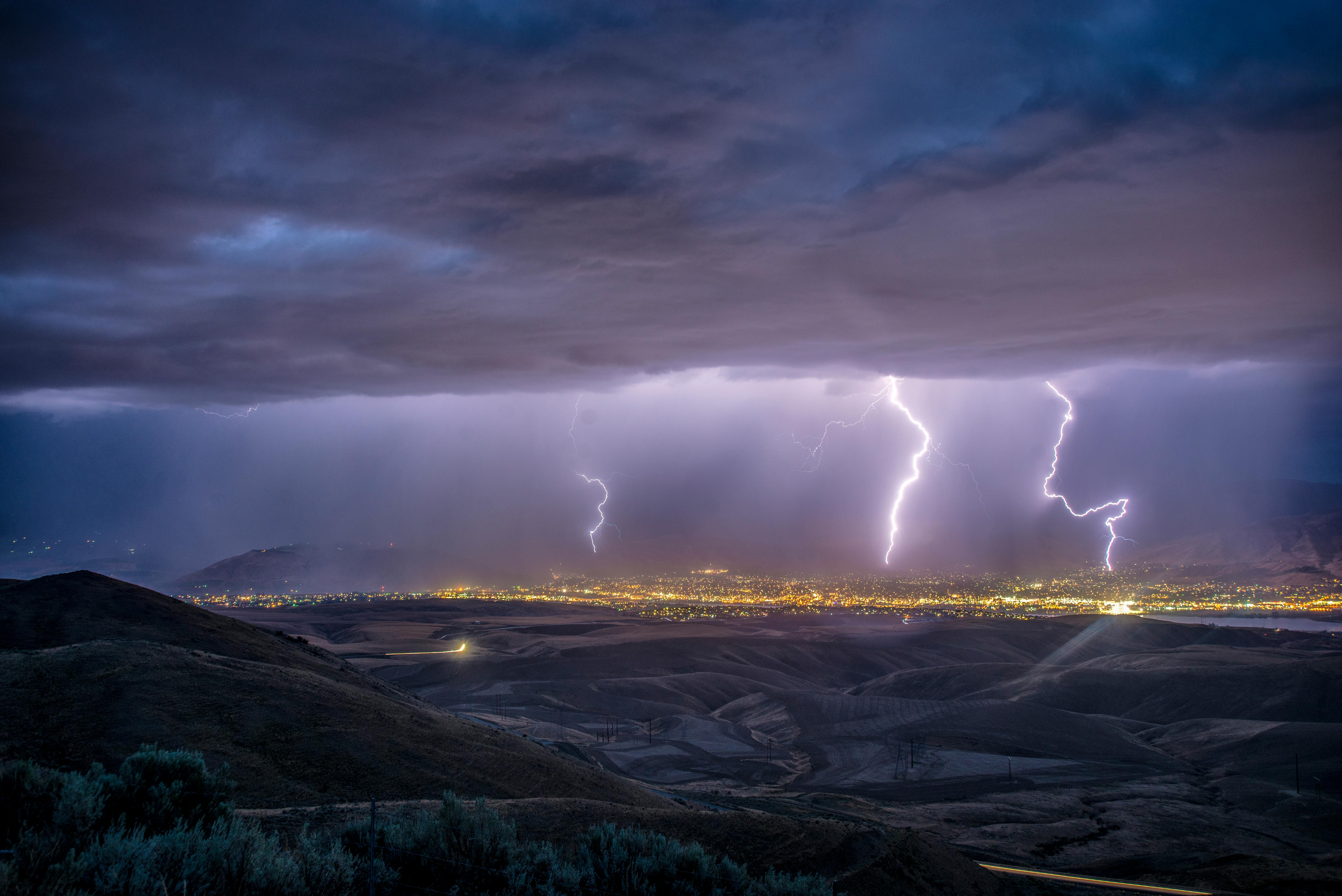In the final two weeks of 2022, an arctic high-pressure system, guided by a south-bound polar jet stream, pushed frigid air across Canada and the U.S., reaching the Gulf Coast region. The combination of widespread freezing temperatures, strong winds and extensive precipitation exceeded forecasters' expectations. Hundreds of winter weather alerts were issued, and 60% of the U.S. population was affected by Winter Storm Elliott. The impact was significant. At least 69 deaths in the U.S. have been attributed to the storm to date, of which 38 perished in the historical blizzard conditions in Buffalo, New York. The U.S. insured losses are estimated to be $5.4 billion across the 42 states affected by the storm, according to the catastrophic modeling firm Karen Clark & Co.
The havoc caused by Winter Storm Elliott is a stark reminder of the power of nature and the exposure the winter season can bring. This event highlights the importance of preparedness and provides several fundamental lessons to better manage winter risks and advance business resilience.
1. Ensure snow and ice maintenance programs are in place
Preparedness before the storm is paramount. The new U.S. NOAA Winter Storm Severity Index (WSSI) can be referenced to monitor the potential winter weather conditions and the magnitude of impacts on people, property and processes for any business. A winter weather checklist is also a useful tool to ensure the organization is prepared before conditions deteriorate.
The snow and ice accumulations were of great concern with Winter Storm Elliott. Roof collapses can occur when the weight of accumulated snow and ice exceeds the live load capacity of the roof structure. Planning, preparation and prompt action to safely remove accumulated snow will help minimize the risk of snow loading and roof collapse.
Snow and ice accumulation are also the root cause for the majority of slips and falls on exterior surfaces. Building owners have a legal responsibility to mitigate snow- and ice-related walking hazards on property to protect the general public and employees from injury. A snow removal contract or an internal removal plan to clear access to hydrants, sidewalks, entryways and parking lots can reduce the risk of falls and injuries. Ice prevention using salt, brine and other chemicals on walkways can act as a freeze point depressant on wet surfaces when temperature drops occur.
2. Confirm workers have proper gear to reduce cold stress and health risks
Depending on the wind chill and duration of exposure, significant injuries can happen in minutes during a winter storm. In addition, sudden temperature drops and high wind can suddenly change an organization’s risk profile. Winter Storm Elliott dramatically dropped temperatures by 30 to 50 degrees in Colorado and Wyoming. While individuals acclimatized to their environment may fare better than those who are not, everyone is at risk for weather-related injuries, including:
- Hypothermia occurs when the body temperature drops below 95°F. Because symptoms of hypothermia often go undetected, serious damage to one’s nervous system and organs, even death, may occur.
- Frostbite occurs when extremities are exposed to lower temperatures and high winds, causing the skin to freeze, and may result in permanent injury to affected areas. Frostbite affects the extremities, including fingers, toes, nose, ears, cheeks and chin.
- Heart attacks can occur when the body is not acclimated to the cold weather and works harder to maintain body heat. A seven- to 10-day acclimation period is recommended to reduce cold stress.
All employees need to understand the additional strain that winter weather brings. It is important to ensure outdoor workers work in pairs, stay informed of their job site weather conditions, wear proper clothing and understand weather-related injury symptoms to enable immediate emergency procedures to be activated, when needed.
3. Take steps to minimize the risk to drivers and vehicles
Roadway conditions quickly deteriorated across Canada and the U.S. when Winter Storm Elliott arrived. Travel warnings and bans must not be ignored or taken lightly. Each year in the U.S., more than 1,300 people are killed and more than 116,800 people are injured in vehicle crashes on snowy, slushy or icy pavement. In Buffalo, several people perished in their cars when emergency responders were not able to respond to all distress calls during the height of the storm. Employees required to drive in winter weather need to understand the dangers, preparation steps and what to do in an emergency to survive.
See also: Hurricane Season: More Trouble Ahead?
4. Plan for winter utility impacts and outages for vulnerable supplies and operations
Water damage from burst pipes is expected to be the greatest loss driver for Winter Storm Elliott (e.g., sprinkler systems, potable water). In fact, Memphis, Tenn/. alone reported 30 water main breaks. Tanker trucks were required to pump water into area hospitals for boilers that provide heat and steam for sterilization.
Consider the use of Internet of Things (IoT) technology to reduce the occurrence and impact of frozen water pipes. Wireless sensors are used to monitor and alarm for freezing temperatures before a pipe freeze occurs or for the presence of water if frozen pipes result in a water intrusion incident. Sensors properly placed in a facility can provide insights into unheated spaces that may need to be better protected from freezes. This cost-effective technology can also be connected to control valves to automatically shut off the water when a leak occurs to minimize damage.
At one point during Winter Storm Elliott, more than 1.7 million customers were without power on the East Coast. Rolling blackouts, which are becoming more common, were implemented to meet the electricity demand in some areas of Tennessee and North Carolina. Business continuity strategies can help prepare for the potential extended water and power outages that may occur during winter storms.
5. Plan for transportation delays and travel system failures
Time-sensitive and temperature-sensitive supply chains were most vulnerable to Winter Storm Elliott’s power and reach (e.g., holiday deliveries, fresh food and medicine). Businesses can help prevent costly delays by planning ahead for the impact of winter weather on supply chains.
The ability to understand and minimize the impact to business operations is a core risk management discipline that will enable a business to be resilient as disruptive incidents, supply/demand shifts and other dramatic changes occur. Knowledge and awareness can help business leaders better prepare for emerging risks and potentially disruptive events.
The information, examples and suggestions presented in this material have been developed from sources believed to be reliable, but they should not be construed as legal or other professional advice. CNA accepts no responsibility for the accuracy or completeness of this material and recommends the consultation with competent legal counsel and/or other professional advisors before applying this material in any particular factual situations. This material is for illustrative purposes and is not intended to constitute a contract. Please remember that only the relevant insurance policy can provide the actual terms, coverages, amounts, conditions and exclusions for an insured. All products and services may not be available in all states and may be subject to change without notice. “CNA” is a registered trademark of CNA Financial Corporation. Certain CNA Financial Corporation subsidiaries use the “CNA” trademark in connection with insurance underwriting and claims activities. Copyright © 2023 CNA. All rights reserved.







